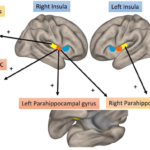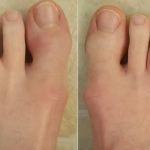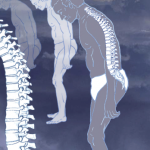“Our results show no protective effect of conventional synthetic DMARDs for continuation of TNF inhibitors,” Dr. Sepriano said. This suggests there is “no benefit” to concomitant use of these drugs, researchers said.
Desiree van der Heijde, MD, PhD, professor of rheumatology at Leiden University Medical Center, said it is simply not worth doing indirect comparisons because it is nearly impossible to account for the differences.
Secukinumab vs. Adalimumab
Dueling studies that indirectly compared anti-IL17A secukinumab and TNF-blocker adalimumab set off a debate about the value of so-called “matching-adjusted indirect comparisons” and about the need for real head-to-head trials to help doctors making treatment decisions.3,4
The Phase 3 trials MEASURE 1 and 2 on secukinumab and the Phase 3 trial ATLAS on adalimumab each established the efficacy of the drugs in ankylosing spondylitis, but the drugs haven’t been tested head to head.
In the indirect comparisons, the researchers say, they made adjustments to match the baseline characteristics of the patient pools in the MEASURE and ATLAS studies in an attempt to simulate head-to-head results.
According to the study by secukinumab maker Novartis, secukinumab produced better ankylosing spondylitis disease activity score (ASDAS) 20 and ASAS40 responses at Week 24 that were statistically significant. But by Week 52, no statistically significant differences were found. In their comparison, matching was done for age, weight, gender, disease duration, baseline methotrexate and sulfasalazine use, positive HLA-B27, Bath Ankylosing Spondylitis Disease Activity Index (BASDAI) score and total back pain score.
AbbVie’s version of the study found that both drugs produced similar responses, but that the cost per response was less for its drug, adalimumab, than for secukinumab. In its comparison, matching was done for age, gender, Bath Ankylosing Spondylitis Functional Index (BASFI) score, CRP level and prior biologic use.
A notable difference between the Phase 3 trials on which these studies were based was that placebo patients could switch to adalimumab at Week 12 in the ATLAS trial but not until Week 16 in the MEASURE 2 trial.
The two presenters emphasized the steps taken to make the data comparable and said the studies provide valuable insight. But independent experts said after the presentations that there was very little worth in the comparisons.
One audience member noted that participants in ATLAS had an escape option at Week 12 and could have “rated themselves down” in order to get better treatment. There was no such escape option in MEASURE.



